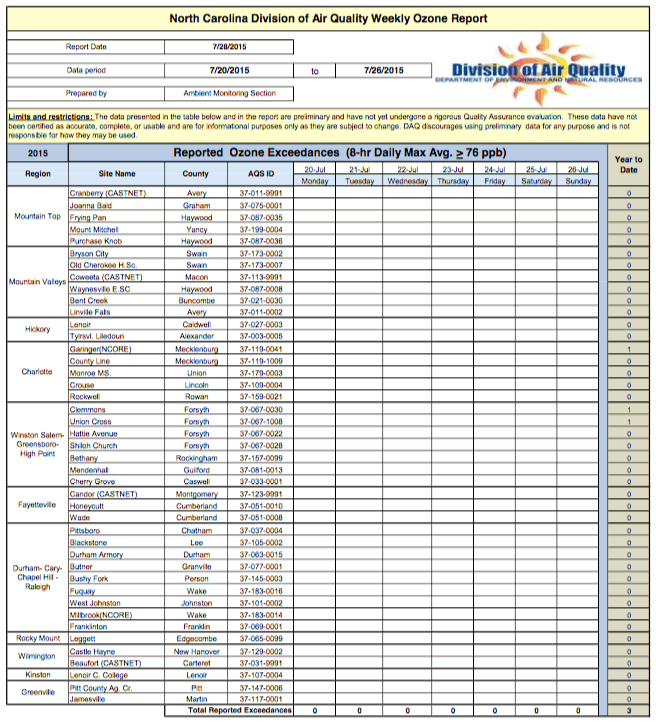1. Is NC headed the way of Great Britain when it comes to wind power?
Governor McCrory has announced that, as part of his "all-of-the-above" energy strategy (whatever that means), North Carolina will be getting its first industrial size wind-farm, part of a partnership between Amazon and a wind power company called Iberdrola. Of course, probably the most important partner goes unmentioned in nearly all of the media reports — North Carolina’s taxpayers and electricity rate-payers: taxpayers because Iberdrola and Amazon will be getting hefty tax subsidies, and rate payers because of NC’s renewable portfolio standard and because back up generation for wind power imposes extra costs on the electric grid. The bottom line is that this will be a win-win-lose for the parties involved. Amazon and Iberdrola are the winners because of the mandates and subsidies, while North Carolina citizens in general not only experience no benefits but are the ultimate cost bearers of this wealth transfer.
In Great Britain, where the experiment with wind power has been going on for some time now, the chickens are coming home to roost. It is being reported in London’s Telegraph "Every job in Britain’s wind farm industry is effectively subsidised to the extent of 100,000 pounds per year." That is equal to $156,000. And that is an average. Depending on the kind of job, some subsidy costs are much higher.
For example, as reported in The Telegraph:
- The level of support from subsidies in some cases is so high that jobs are effectively supported to the extent of 1.3million pounds each. ($2.02 million)
- In Scotland, which has 203 onshore wind farms — more than anywhere else in the UK — just 2,235 people are directly employed to work on them despite an annual subsidy of 344million pounds. That works out at 154,000 pounds per job. ($240,000)
My curiosity leads me to ask Governor McCrory, who clearly believes this new wind farm in NC to be a good investment for North Carolina taxpayers, why wind farms make any more sense for North Carolina than they do for Great Britain?
2. Ozone Report
The 2015 ozone season began on April 1 and, as I have been doing since this newsletter was started, each week during the ozone season this newsletter will report how many, if any, high ozone days have been experienced throughout the state during the previous week, where they were experienced, and how many have been recorded during the entire season to date. (Note: ground level ozone, which is what we are reporting on, is often called "smog.") According to current EPA standards, a region or county experiences a high ozone day if a monitor in that area registers the amount of ozone in the air as 76 parts per billion (ppb) or greater. The official ozone season will end on October 31. All reported data is preliminary and issued by the North Carolina Division of Air Quality, which is part of the state’s Department of Environment and Natural Resources. Thus far this season there have been three high ozone days recorded on any of the state’s 42 monitors. All three occurred on June 25 of this year.
The table below shows all of North Carolina’s ozone monitors and the high reading on those monitors for each day of the 7-day period, July 20-26.

Click here for the Economics & Environment Update archive.
You can unsubscribe to this and all future e-mails from the John Locke Foundation by clicking the "Manage Subscriptions" button at the top of this newsletter.


